It has been more than 50 years since humans first stepped on the moon with the Apollo 11 mission, and many are looking forward to our return with the Artemis III mission.
What You Need To Know
- Watch Destination Space: Return to the Moon encore presentation on Saturday with family and friends or click the video above
- See how Apollo was the first steps to moon exploration
- Artemis will give us the means to return to the moon
- RELATED coverage: From Apollo to Artemis: How Axiom Space’s new suits will handle the harsh moon dust
Neil Armstrong became the first human to step foot on the moon on July 20, 1969, and that single moment changed how people looked at the moon and our place in the universe.
So, we’re taking a look back with some of the people who helped get the Apollo program off the ground.
It has been more than five decades since humans first stepped on the moon with the Apollo 11 mission. And Bob Sieck was there.
— Spectrum News 13 (@MyNews13) July 20, 2023
Get a sneak peek at Spectrum News' special airing tonight to see how far we have come and what our future looks like: https://t.co/9bl320cx8a pic.twitter.com/sHkrMwXGq5
Retired NASA engineer takes a look back
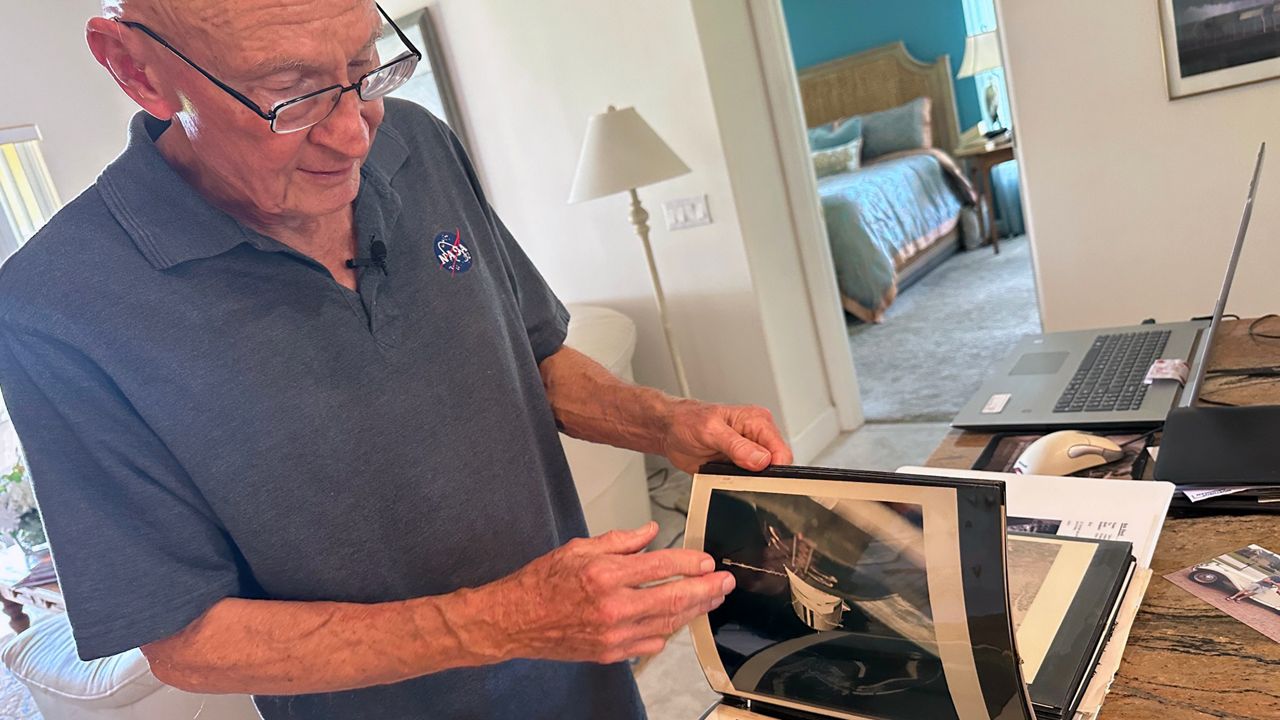
It was an exciting time at the Space Coast as NASA engineers and scientists were working around the clock to get America to the moon during the space race, says someone who was there.
Retired NASA engineer Bob Sieck recalls what it was like back then, as NASA transformed Florida from a wonderland into operational launch complexes. But he also shares what it meant for him personally.
“People have said, ‘Bob if you’ve ever been cut, you know you’d bleed NASA blood.’ I said, ‘I am. I enjoyed it.’ Part of a noble venture,” said Sieck, who is also a former launch director.
Artemis will bring us back to the moon
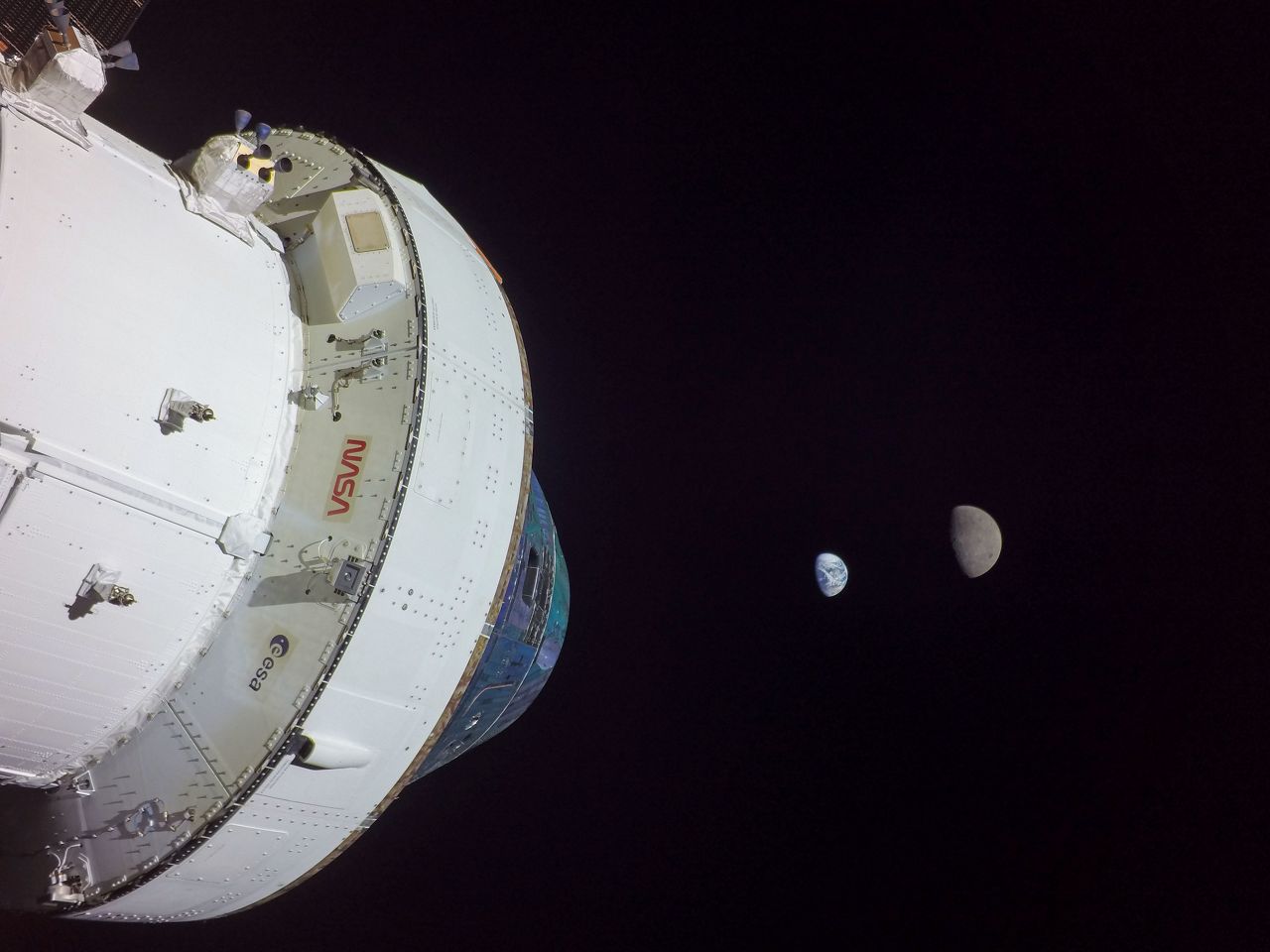
As the Apollo program took us to the moon, it is the Artemis program that will return us.
In fact, if all goes according to schedule, in 2025, Artemis III will see people return to Earth’s lunar sister, which excites Howard Hu, NASA’s Orion Program manager.
“I’m so excited for them to go into space and tell us how it feels to be in the Orion spacecraft. How is it to fly the spacecraft, which is what you don’t get — you get data coming back on Artemis I, but you don’t get the sense. And they will actually take the stick,” he said.
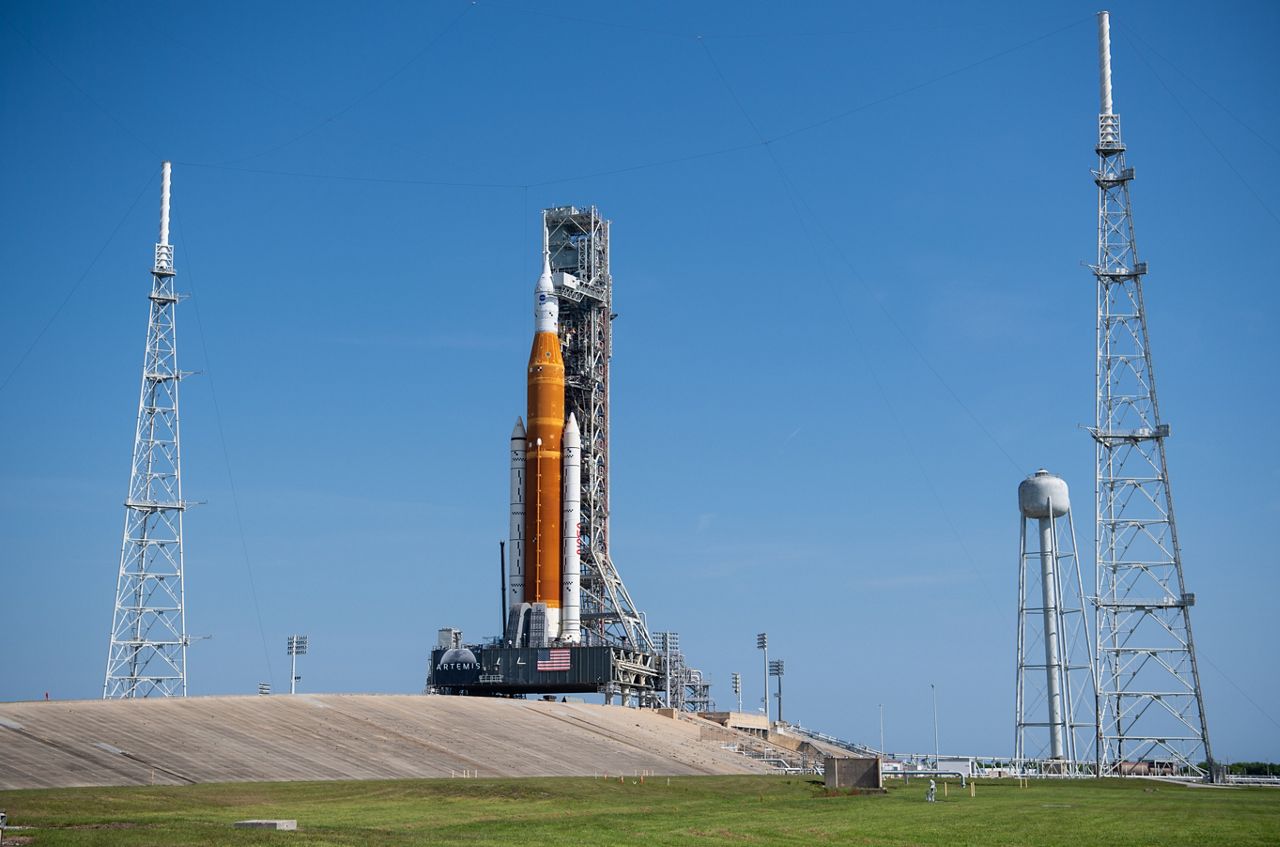
Getting ready for the journey
NASA uses a variety of methods and tools to get astronauts ready for space missions, such as the Artemis III when we touch back down on the moon.
But getting there is half the intrigue.
In addition to learning how astronauts are trained for future missions, learn how SpaceX, Blue Origin and NASA are planning to operate a human-landing system to get to the moon’s surface.
Old McDonald had a lunar farm?
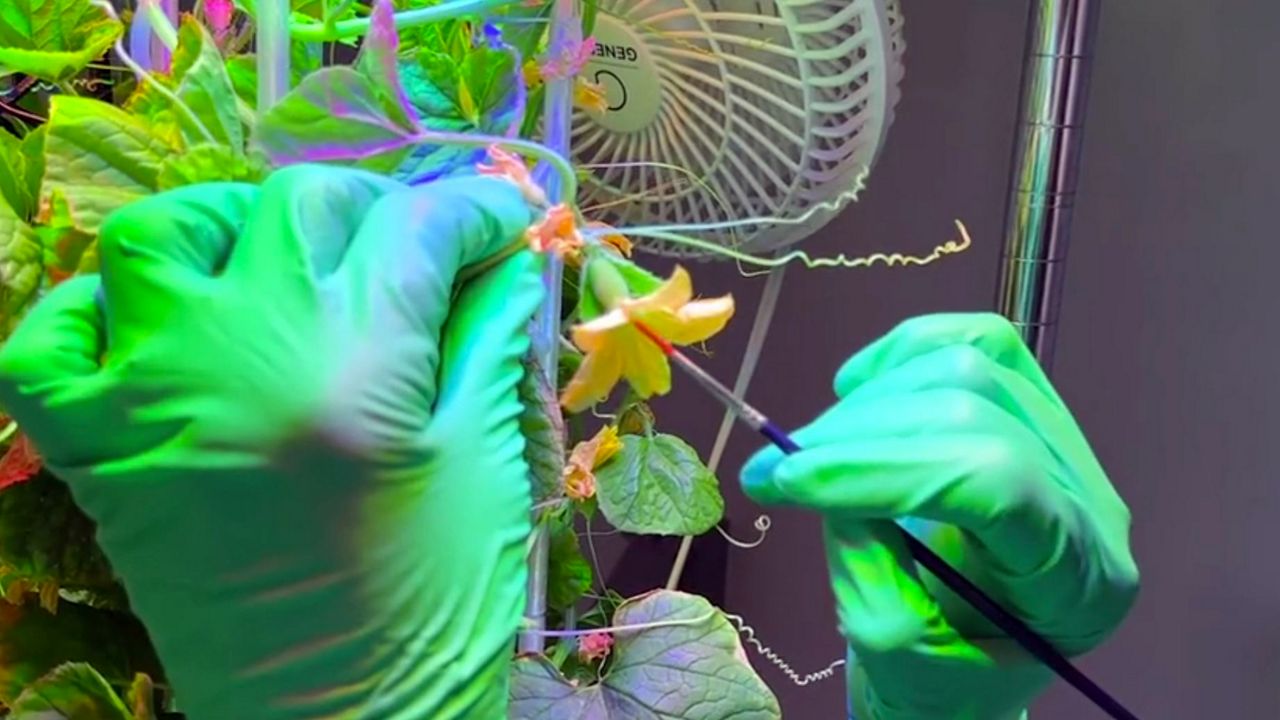
Not only is NASA planning to return to the moon, it hopes to eventually stay there. That means bringing all the things astronauts need to live on the moon, like food.
“I want to enable the people who live off Earth in the future and provide fresh food for them. Plants are beautiful, and they’re going to be a wonderful way to keep in touch with Earth,” said Gioia Massa, a project scientist at Kennedy Space Center’s Space Station Processing Facility.
Not only does she steer what type of food will be grown on the International Space Station, but soon the moon and eventually Mars.
How Axiom Space’s new suits will handle the harsh moon dust
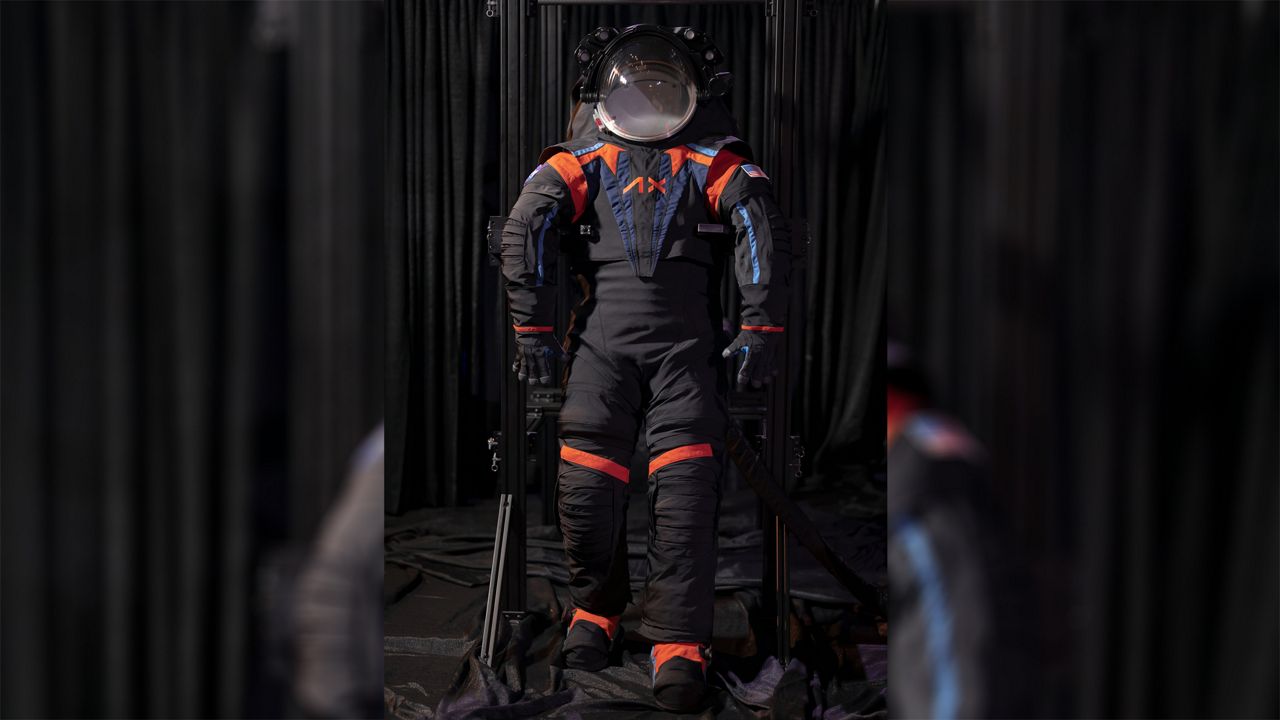
When NASA announced that private space company Axiom Space was awarded the task of building the next-generation spacesuit for the Artemis III mission, not many realized the level of difficulty in creating a new suit that can withstand the moon’s harsh terrain.
Discover how damaging moon dust and the Apollo missions are helping Axiom Space to create new spacesuits for Artemis III.



